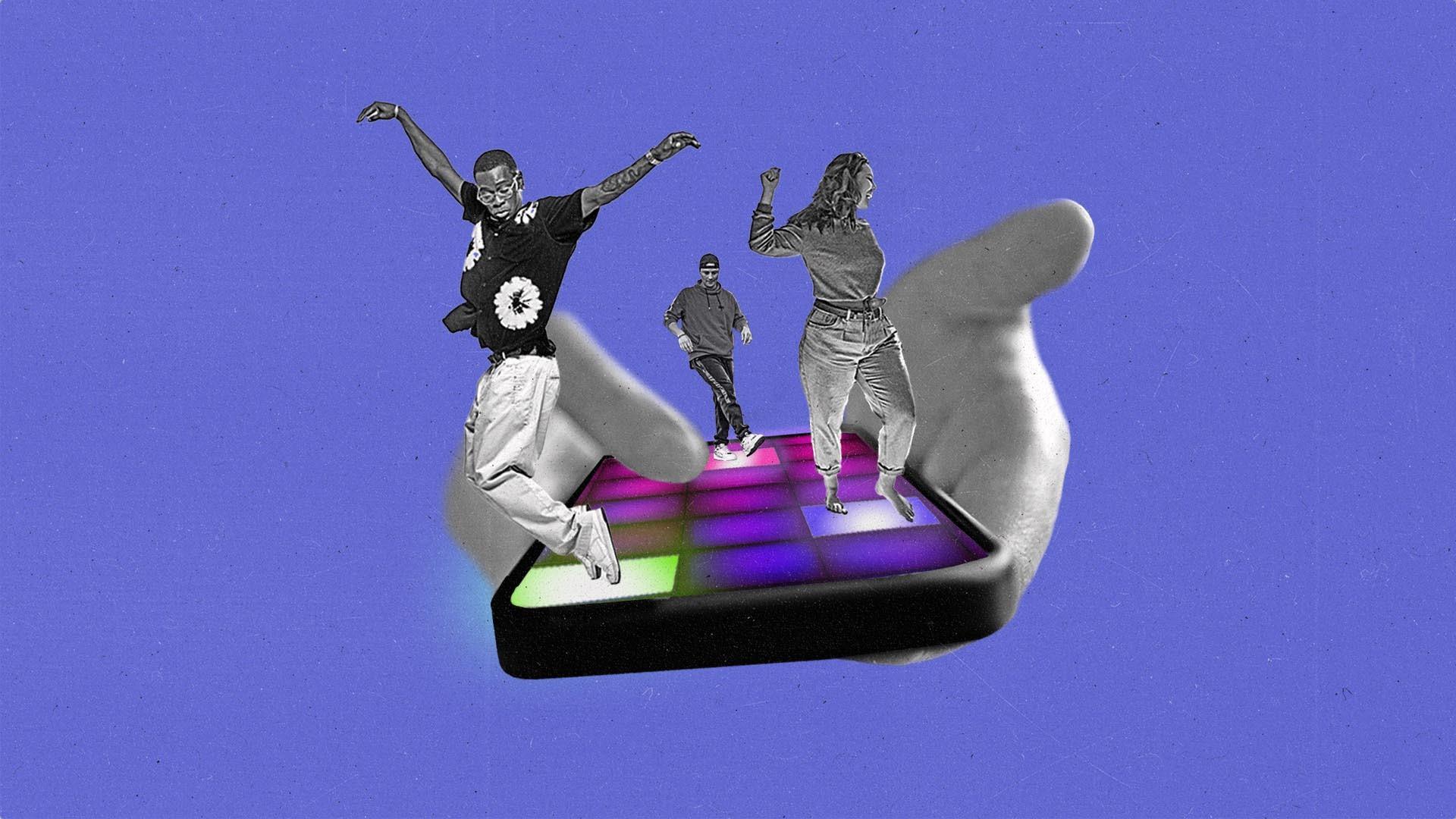Digital creators are growing beyond social. What does it mean for CTV and audio?

It was abundantly clear at last month’s Cannes Lions festival that content creators are expanding beyond social media. They’re becoming a major part of the entire digital media industry.
As creators diversify their revenue streams, brand deals are becoming less dominant. A recent report from influencer marketing platform Later projects that creator participation in brand deals will drop from 94% to 78% this year — not because creators are souring on the strategy, but because they’re putting much of their efforts elsewhere.
That shift could have implications for ad channels like connected TV (CTV), retail media and audio — and the larger programmatic ecosystem. As creators expand into these spaces, they bring built-in audiences, adaptable content and rich engagement signals — opening the door to more personalized, performance-driven campaigns across every channel.
“There’s obviously a clear evolution in how creators and influencers are showing up,” says Cristina Lawrence, EVP of consumer and content experience at Razorfish. “If you thought social was bad, now compound it with new platforms to feed the hungry beast, the content machine. That’s just reality; it’s about attention and eyeballs.”
From social video to premium video
Let’s set the stage: According to IAB, over 1.5 million Americans work full-time as digital creators, growing 7.5 times since 2020. Internet-related jobs are growing 12 times faster than the overall labor market.
Some have broken into premium streaming content on subscription video platforms; MrBeast launched a reality show on Prime Video, and Tubi has inked deals with half a dozen YouTubers to license their shows. Netflix, which has dabbled with licensing YouTube-born franchises like Cocomelon and Ms. Rachel, is eyeing more partnerships with digital creators.
“We believe we have the best monetization model on the planet for premium storytelling,” Netflix co-CEO Ted Sarandos said during an earnings call earlier this year. “We could help those creators reach an audience. Our model can also support more ambitious efforts for them, could help derisk them — unlike the kind of typical [user-generated content] models.”
Not every creator can be as big as MrBeast, but there are still opportunities to break through in video in other ways. Experts say that advertisers could easily repurpose social video content for CTV ads.
“New age commercials can mimic short-form aesthetics and tone,” says Reid Litman, a global consulting director at Ogilvy.
Podcasts offer connection and authenticity
Creator revenue from podcasts is projected to grow 23% this year, according to eMarketer, which also projects that “U.S. podcast listeners will spend 1 minute more per day on podcasts than U.S. TikTok users will spend on TikTok.”
Creators — who experts say are increasingly launching their own podcasts and serialized audio content — are simply following their audiences: Podcasts are the fastest-growing form of audio content among Gen Z.
“Podcasts are a huge area of interest and opportunity because they represent a place where a lot of the culture of today is discussed,” Razorfish’s Lawrence says. “It’s where you have a lot of thought leadership and cultural tastemakers intersecting. A lot of our clients are asking for ways they can be a part of that; they want to associate their brands and products with this sort of highly relevant content.”
Anna Stallings, director of growth marketing at Billie, recently told The Current that brands are evolving their approach to interacting with influencers, as consumers become more savvy about authentic partnerships.
To that end, Frank Carvalho, EVP of brand partnerships and marketing at Izea, tells The Current that podcasts can offer the “real authentic connection” that both creators and consumers increasingly crave.
Influencing the programmatic landscape
Brand partnerships will still play a role in the creator economy. But the Later report notes that 73% of brands now prefer working with micro creators, who aren’t as costly.
“If you are a brand that wants to reach specific audiences with specific messaging that intersects with specific passion points that relate back to your brand purpose, niche creators are so valuable,” Lawrence says. “They give you access to a highly engaged audience that intersects with what you represent.”
That kind of precision mirrors the programmatic advertising model. Ogilvy’s Litman says that programmatic media buys could become more influenced (pun intended) by creator performance data.
“Increasingly, top-performing creator content is being elevated into full-blown programmatic media assets, used across display, connected TV, native and retail media networks,” he says.
Even a retail media unit might integrate creator content into product pages and use a creator affinity score to boost the listings, he says.
At any rate, nearly every corner of digital media seems to be taking the creator economy seriously.
“Creators used to be a marketing add-on,” Carvalho says. “Now they’re a marketing pillar.”